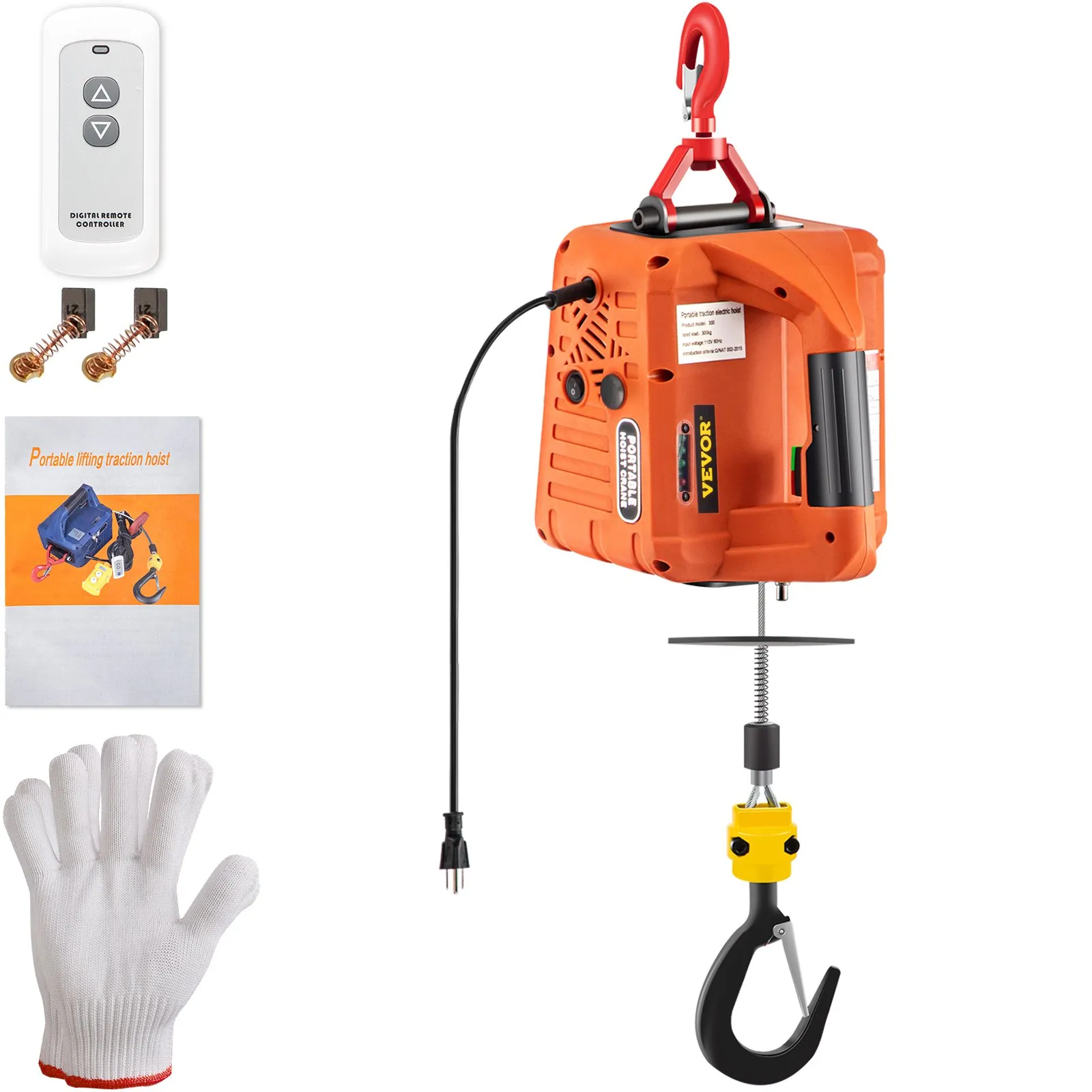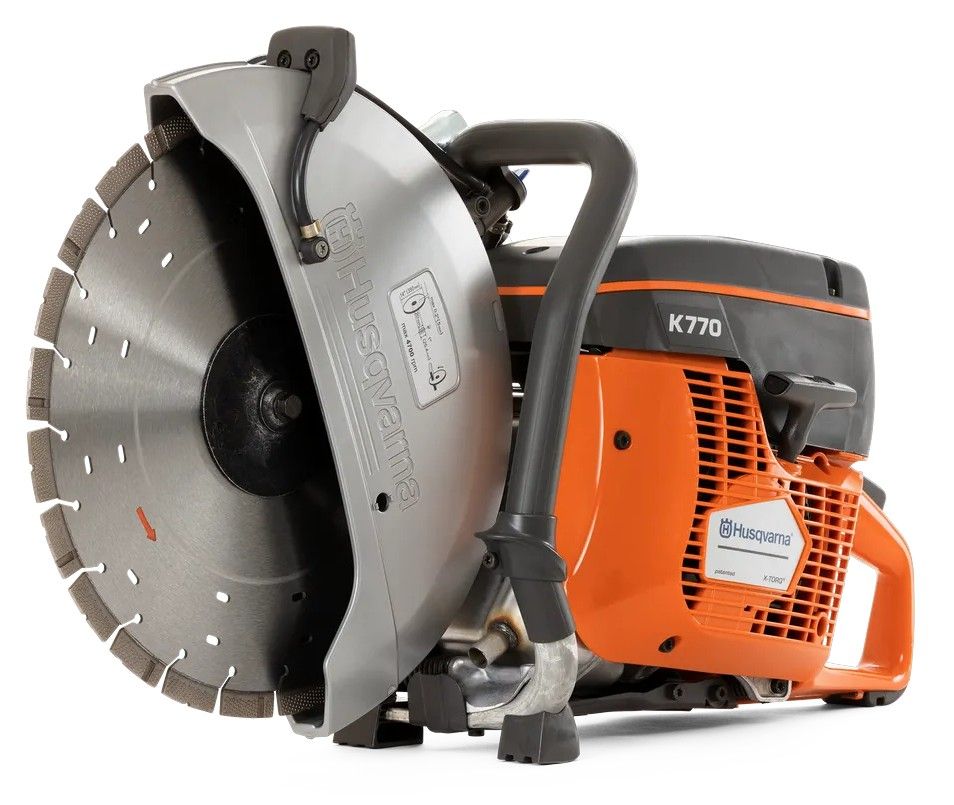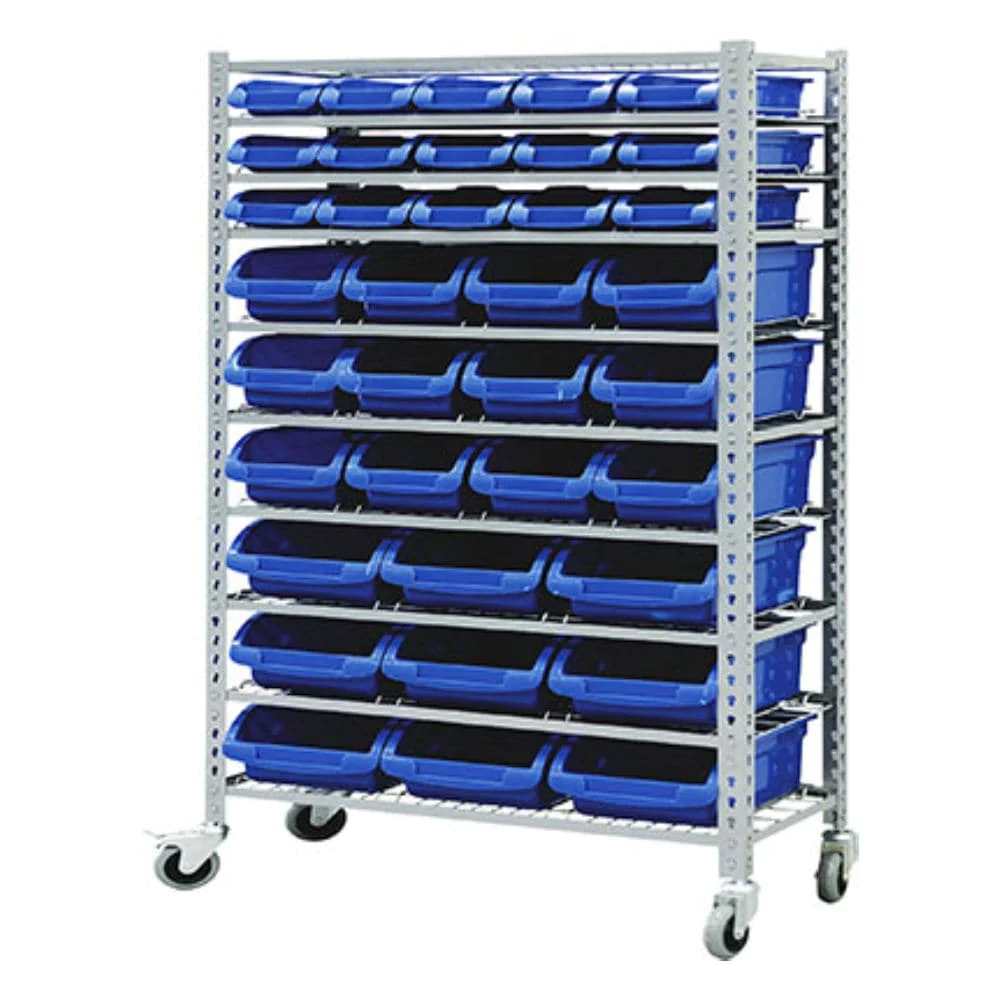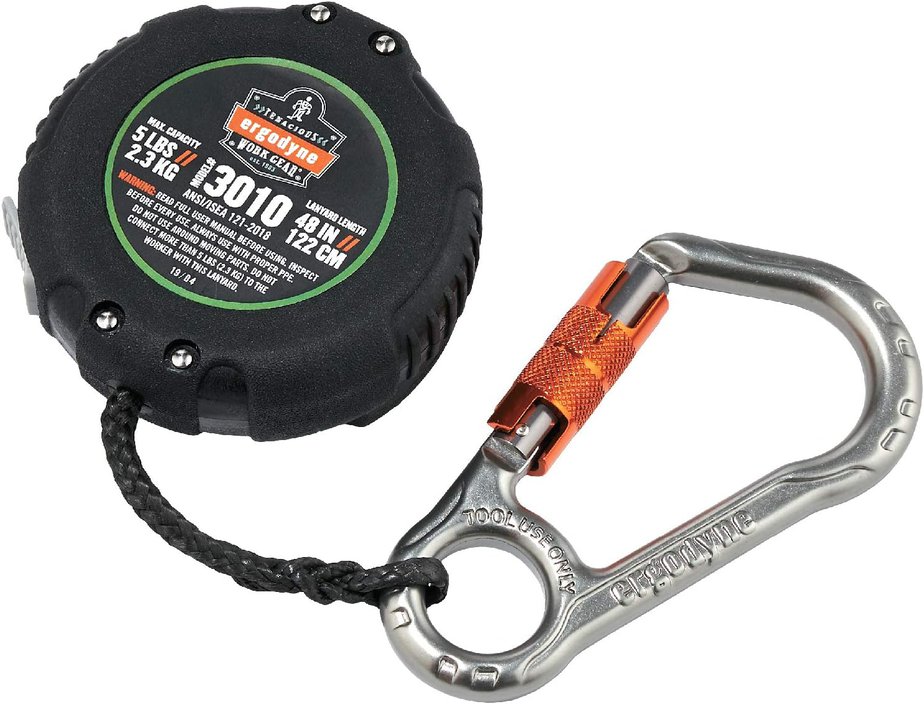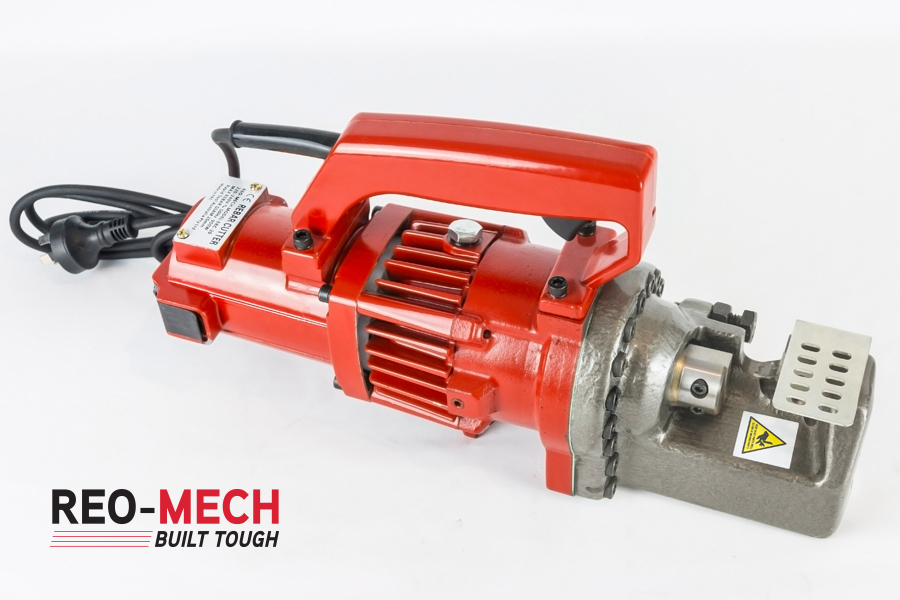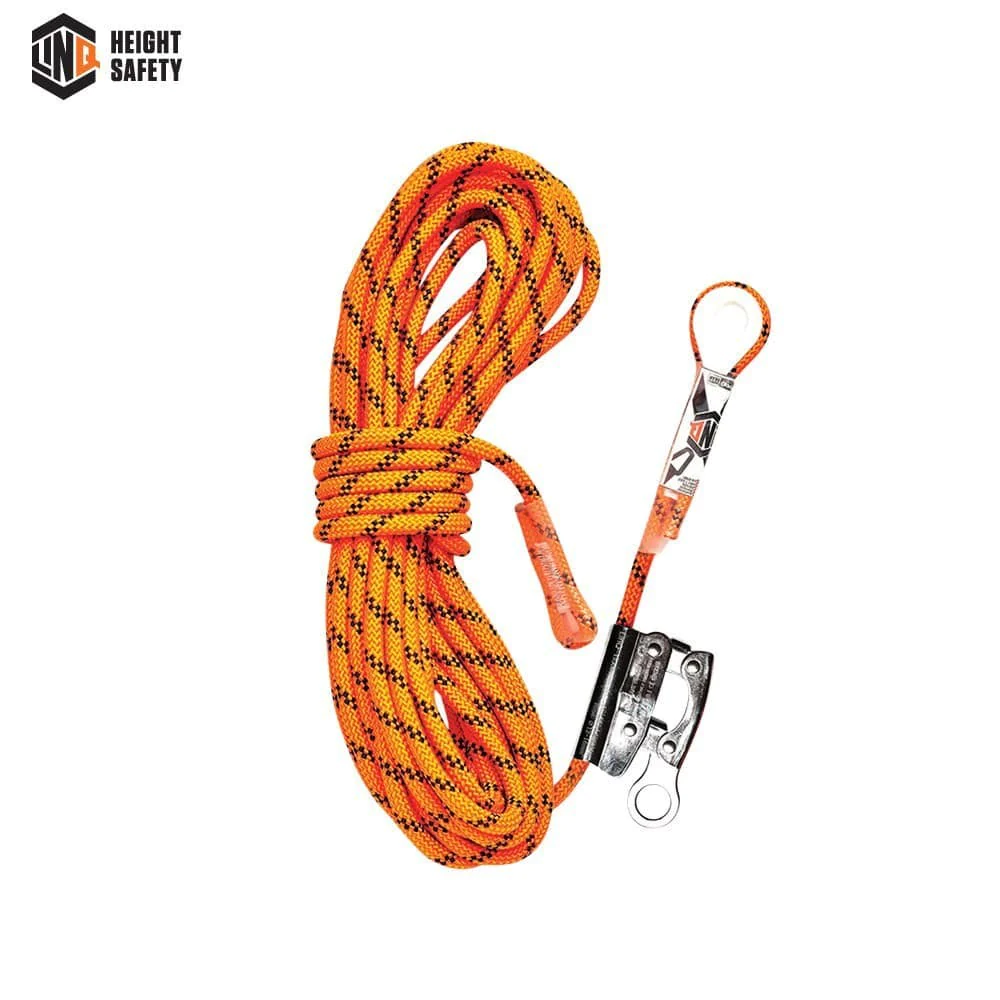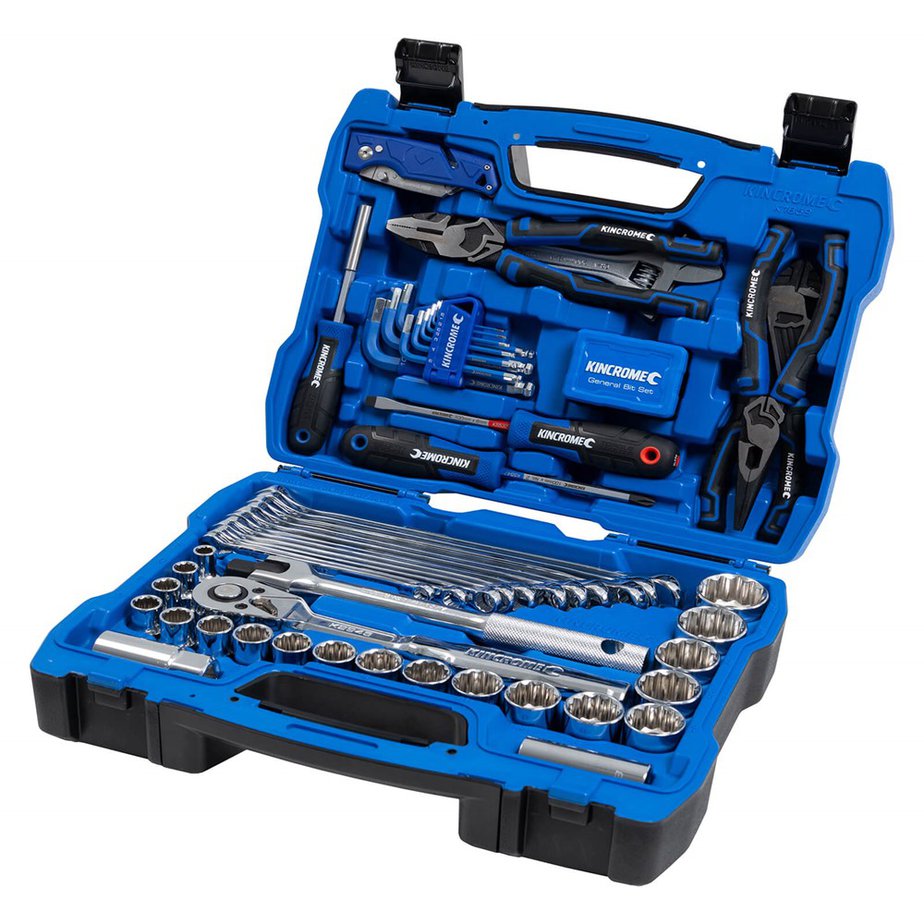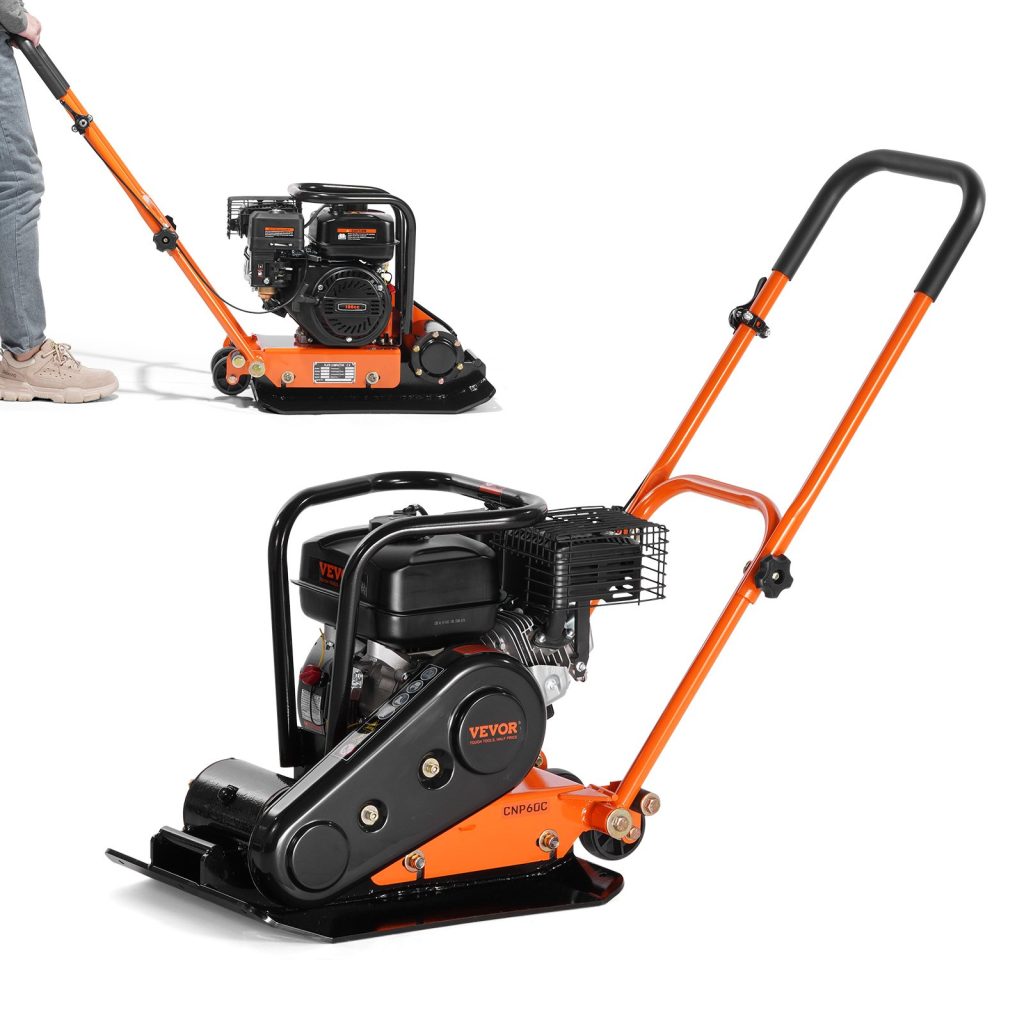
Welcome to the world of compactor plate, where efficiency meets precision in soil compaction. In this introductory chapter, we will embark on a journey to explore the essential aspects of plate compactors, highlighting their significance in various construction and landscaping projects. Furthermore, we'll provide you with an initial glimpse into the VEVOR Plate Compactor, a powerful 6.5HP walk-behind rammer with a 196cc EPA & CARB certified engine.
1.1. Brief Overview of Plate Compactors
Plate compactors, also known as vibratory plate compactors or wacker plates, are indispensable tools in the realm of construction and landscaping. These compact machines are designed to efficiently compress soil, gravel, or other granular materials, thereby increasing their density and stability. Whether you are working on a residential driveway, a commercial construction site, or a landscaping project, a plate compactor is a valuable asset for achieving superior compaction results.
1.2. Importance of Choosing the Right Plate Compactor
The choice of a plate compactor can significantly impact the success of your project. Different compactor models offer varying levels of power, maneuverability, and compaction force. Selecting the right plate compactor tailored to your specific needs can make the difference between a smooth, stable surface and one prone to settling or erosion. As we delve deeper into this guide, we will explore the factors that should influence your decision when choosing the ideal plate compactor.
1.3. Introduction to the VEVOR Plate Compactor
Our focus in this article centers on the VEVOR Plate Compactor, a top-of-the-line machine engineered to deliver outstanding results in soil compaction. With its 6.5HP engine and a 196cc EPA & CARB certification, this plate compactor is not only powerful but also environmentally compliant. Its walk-behind design ensures ease of operation, making it a versatile choice for both professionals and DIY enthusiasts.
Throughout this guide, we will delve deeper into the various aspects of plate compactors, providing you with valuable insights into their functionality, benefits, and maintenance. Whether you're a seasoned contractor or a novice in the world of construction equipment, this article will equip you with the knowledge needed to make informed decisions and achieve optimal results with the VEVOR Plate Compactor.
 Benefits of Using a Plate Compactor
Benefits of Using a Plate Compactor
In the world of construction and landscaping, the use of a plate compactor is more than just a convenience; it's a game-changer. This chapter is dedicated to exploring the myriad benefits of incorporating a plate compactor, such as the VEVOR
Compactor, into your projects. Whether you're a seasoned contractor or a DIY enthusiast, understanding these advantages can make a significant difference in the quality and efficiency of your work.
Benefits of Using a Plate Compactor |
1. Efficient Compaction - Plate compactors provide efficient and uniform compaction, ensuring a solid base for construction projects. |
2. Time-Saving - They significantly reduce the time required for compaction tasks compared to manual methods. |
3. Versatility - Suitable for various materials like sand, gravel, and asphalt, making them ideal for different construction needs. |
4. Cost-Effective - By speeding up the compaction process, they save labor costs and allow for quicker completion of projects. |
5. Easy to Use - Generally user-friendly, requiring minimal training for operation. |
6. Enhanced Durability of Surface - Proper compaction increases the durability and longevity of the constructed surface. |
7. Portable and Maneuverable - Their compact size makes them easy to transport and maneuver in tight spaces. |
8. Better Surface Finish - They help achieve a smoother and more even surface, which is crucial for certain types of construction work. |
9. Reduces Water Seepage - Proper compaction reduces the chances of water seepage, which can undermine the integrity of the structure. |
10. Environmental Benefits - They help in reducing the environmental impact by ensuring efficient use of materials and reducing the need for repairs. |
3.1. Improved Soil Compaction
Enhancing Soil Stability
One of the primary benefits of using a plate compactor is its ability to significantly improve soil compaction. When working on projects that involve creating a stable foundation, such as patios, walkways, or driveways, achieving the right level of soil compaction is essential. Plate compactors exert powerful downward force, efficiently reducing air gaps and increasing soil density. This, in turn, enhances the stability and load-bearing capacity of the compacted area, reducing the risk of settling or shifting over time.
Eliminating Voids
Plate compactors are adept at eliminating voids within the soil. These voids, often caused by the settling of loose soil particles, can lead to structural issues in the long run. By compacting the soil thoroughly, plate compactors help create a uniform and stable surface, reducing the potential for voids to develop.
3.2. Increased Efficiency in Construction
Speeding Up Construction
Time is money in the construction industry, and plate compactors are known for their ability to expedite the construction process. Their high compaction rates mean that you can achieve the desired soil density quickly and efficiently. Whether you're laying down a foundation, preparing a subbase for paving, or backfilling trenches, a plate compactor can save you valuable time, enabling you to complete projects faster and take on more work.
3.3. Cost Savings
Reduced Material Costs
Efficient soil compaction leads to reduced material costs. When the soil is compacted effectively, it occupies less space, allowing you to use fewer materials like gravel or crushed stone. This not only saves you money but also reduces the environmental impact by minimizing the extraction and transportation of these materials.
Fewer Repairs and Maintenance
Incorporating a plate compactor into your projects can also lead to cost savings in terms of repairs and maintenance. Well-compacted soil is less prone to settling or shifting, which means fewer repairs and touch-ups are needed over time. Additionally, the enhanced stability reduces the risk of damage to structures or surfaces built on the compacted soil.
3.4. Environmental Benefits
Eco-Friendly Compaction
The environmental impact of construction and landscaping activities is a growing concern. Plate compactors like the VEVOR Plate Compactor, with their EPA & CARB certified engines, offer a more eco-friendly approach to soil compaction. These engines are designed to meet stringent emissions standards, reducing harmful pollutants released during operation. By choosing environmentally compliant equipment, you contribute to a greener and more sustainable construction industry.
In conclusion, the benefits of using a
compactor in construction and landscaping projects are undeniable. From improving soil compaction and increasing efficiency to saving costs and promoting eco-friendliness, these machines play a vital role in achieving successful outcomes. As we delve further into this guide, we'll explore specific features and consider ations to help you choose the right plate compactor for your needs.
VEVOR Plate Compactor Features
In this chapter, we dive deep into the world of the VEVOR Plate Compactor, a formidable machine designed to excel in soil compaction tasks. As you consider your options for plate compactors, understanding its features is essential in making an informed choice that aligns with your project requirements.
Feature/Specification | Details |
Engine Type | 196CC Gasoline |
Horsepower | 6.5 HP |
Vibration Frequency | 5600 Vibrations Per Minute (VPM) |
Compaction Force | 4200 lbs |
Compaction Depth | 12 inches |
Item Weight | 146.6 lbs / 66.5 kg |
Item Size (L x W x H) | 24.2 x 13.5 x 35.4 inches / 615 x 345 x 900 mm |
Stamped Plate Size (L x W x H) | 22.1 x 15.9 x 0.3 inches / 560 x 405 x 8 mm |
Fuel Type | Unleaded Gasoline (NO. 95 or Premium) |
Oil Capacity | 0.6 Liters |
Fuel Capacity | 3.6 Liters |
4.1. Overview of VEVOR Plate Compactor
Power and Precision Combined
The VEVOR Plate Compactor is a powerhouse in the world of soil compaction. With its 6.5HP engine, it delivers the perfect blend of power and precision. This robust engine provides the force needed to compact even the toughest soils effectively. Whether you're working on a landscaping project or a construction site, the VEVOR
Compactor is up to the task.
Durability in Design
One standout feature of the VEVOR Plate Compactor is its build quality. Constructed to withstand the rigors of job sites, this machine is built to last. Its robust frame and components ensure durability, making it a reliable companion for long-term projects. You can trust that the VEVOR Plate Compactor will withstand the test of time and demanding conditions.
4.2. Engine Power (6.5HP)
Unleash the Power
At the heart of the VEVOR Plate Compactor lies its potent 6.5HP engine. This engine is designed for high-performance compaction, ensuring that your projects progress swiftly and efficiently. The impressive horsepower provides the force needed to compress soil, gravel, or other granular materials effectively. With this level of power, you can tackle a wide range of compaction tasks with ease.
4.3. Walk-Behind Design
Maneuverability and Control
The walk-behind design of the VEVOR Plate Compactor offers exceptional maneuverability and control. Whether you're compacting a narrow trench or a broader surface, this design allows you to navigate with precision. The operator can walk behind the compactor, guiding it with ease to achieve uniform compaction across the entire area. This level of control ensures that your compacted surface is smooth and stable.
4.4. Engine Type (196cc EPA & CARB)
Eco-Friendly Operation
The VEVOR Plate Compactor is equipped with a 196cc engine that is both EPA and CARB certified. This certification signifies that the engine meets stringent emissions standards, making it an eco-friendly choice. You can use the compactor with confidence, knowing that it operates in an environmentally responsible manner while still delivering impressive power.
4.5. Build Quality and Durability
Built to Last
Durability is a key consideration when choosing a plate compactor, and the VEVOR Plate Compactor excels in this regard. Its sturdy construction, reinforced frame, and quality components ensure that it can withstand the demands of heavy use. Whether you're a professional contractor or a DIY enthusiast, the VEVOR
Compactor is an investment that will serve you well for years to come.
In the following chapters, we will explore more aspects of plate compactors and delve into topics such as choosing the right compactor for your specific needs and understanding how to operate it safely and efficiently. The VEVOR Plate Compactor, with its impressive features, is a prime example of the excellence you can find in this category of construction equipment.
How to Choose the Right Plate Compactor
When it comes to choosing the right plate compactor for your project, there are several critical factors to consider. The selection process goes beyond just picking the first compactor you come across; it's about making an informed decision that aligns with the unique requirements of your job. In this chapter, we'll guide you through the considerations that will lead you to the perfect plate compactor for your needs.
Factor | Description | Considerations |
1. Type of Soil | Different soil types require different compactors. | - Sandy soils - Clay soils - Mixed soils |
2. Compaction Depth | Depth of soil that needs to be compacted. | - Shallow compaction - Deep compaction |
3. Plate Size | Size of the compactor's plate affects efficiency and coverage. | - Larger plates for large, open areas - Smaller plates for tight spaces |
4. Compaction Force | Force exerted by the compactor. | - Measured in pounds or kilograms |
5. Travel Speed | Speed at which the compactor moves. | - Faster for large areas - Slower for precise work |
6. Engine Type | Type of engine used in the compactor. | - Gasoline - Diesel - Electric |
7. Weight | Overall weight of the compactor. | - Heavier for more intense compaction - Lighter for easy maneuverability |
8. Features & Accessories | Additional features and accessories. | - Water tanks for asphalt - Transport wheels - Vibration control |
9. Brand & Warranty | Manufacturer reliability and warranty coverage. | - Established brands - Warranty length and coverage |
10. Budget | Cost of the plate compactor. | - Balancing cost with features and durability |
5.1. Consideration Factors
5.1.1. Project Type and Size
Before you start shopping for a compactor, it's crucial to define the nature and scope of your project. Are you working on a small landscaping job, a driveway installation, or a large-scale construction project? The size and type of the project will determine the compactor's power and size requirements.
For smaller projects like landscaping or residential driveways, a compact and portable plate compactor may suffice. However, larger construction projects may require a heavier and more powerful machine to handle extensive compaction needs efficiently.
5.1.2. Soil Type
Different soil types have varying compaction characteristics. The compactor you choose should be suitable for the specific soil conditions of your project. For example, cohesive soils, such as clay, may require a compactor with higher compaction force, while granular soils, like sand or gravel, may need less force.
Understanding the soil type and its compaction needs is essential to ensure that the compactor can achieve the desired soil density effectively.
5.1.3. Compaction Depth
The depth to which you need to compact the soil is another critical factor. Some plate compactors are designed for shallow compaction, while others can compact to greater depths. Measure the compaction depth required for your project and select a compactor that can meet this requirement.
5.1.4. Portability and Maneuverability
The ease of transporting and maneuvering the plate compactor is vital, especially for smaller projects or when you have limited space to work in. Consider the weight and dimensions of the compactor, as well as its maneuverability features. Walk-behind plate compactors are typically more maneuverable and offer better control.
5.2. Why VEVOR Plate Compactor Fits the Bill
As you explore your options in the plate compactor market, you'll find that the VEVOR Compactor offers a compelling choice. Its versatile design, power, and durability make it suitable for a wide range of projects. With the VEVOR Plate Compactor, you can confidently tackle both small-scale landscaping jobs and more extensive construction projects.
The key lies in its 6.5HP engine, which delivers the necessary force for efficient soil compaction. Additionally, the walk-behind design of the VEVOR Plate Compactor ensures maneuverability and precise control, making it an excellent choice for projects where space is limited.
As we move forward in this guide, we'll explore other aspects of plate compaction, including operating the VEVOR Plate Compactor safely and effectively, and how to maintain and care for your compactor to ensure its longevity and optimal performance. Making the right choice when selecting a plate compactor sets the stage for a successful project, and we're here to help you make that choice wisely.
Maintenance and Care
Proper maintenance and care of your compactor are essential to ensure its longevity and consistent performance. Neglecting maintenance can lead to issues and costly repairs down the road. In this chapter, we will delve into the best practices for maintaining and caring for your compactor, whether it's a VEVOR Plate Compactor or another model.
7.1. Regular Maintenance Routine
Cleaning
Regular cleaning of your plate compactor is the first step in proper maintenance. After each use, remove dirt, debris, and any residual materials from the compactor's base and components. Use a hose or pressure washer to clean hard-to-reach areas thoroughly.
Lubrication
Lubrication is crucial to prevent excessive wear and friction in moving parts. Refer to your compactor's user manual to identify the lubrication points and intervals. Use the recommended lubricants to keep components like bearings and joints in optimal condition.
Inspection
Perform a visual inspection of your compactor to identify any signs of damage or wear. Check for loose bolts, nuts, or screws and tighten them as needed. Look for cracks or corrosion on the frame and base.
7.2. Troubleshooting Common Issues
Engine Problems
If you encounter engine issues such as difficulty starting, erratic idling, or loss of power, it's essential to address them promptly. Check the fuel, air filter, and spark plug for any problems. Clean or replace these components as necessary. If issues persist, consult a qualified technician.
Vibrations
Excessive vibrations during operation can indicate problems with the compactor's base or engine. Inspect the base for cracks or damage and replace it if needed. Engine-related vibrations may require professional attention.
Loss of Compaction Force
If your plate compactor is not delivering the expected compaction force, it could be due to worn-out or damaged components. Check the compactor's eccentric and tamper feet for wear and replace them if necessary.
7.3. Extending the Lifespan of Your VEVOR Plate Compactor
Proper maintenance not only ensures the ongoing functionality of your VEVOR Compactor but also extends its overall lifespan. Here are some additional tips to help you get the most out of your equipment:
- Store your plate compactor in a dry and sheltered area to protect it from the elements.
- Follow the manufacturer's guidelines for regular servicing and inspections.
- Keep a record of maintenance activities, including dates and components serviced or replaced.
- Avoid overloading the compactor or using it for tasks it's not designed for, as this can lead to premature wear.
By following these maintenance practices and caring for your plate compactor diligently, you can enjoy reliable performance and efficiency throughout your construction or landscaping projects. In the next chapter, we will conclude our guide by summarizing the benefits of the VEVOR Plate Compactor and helping you make an informed decision when choosing compaction equipment.
Conclusion
As we conclude our comprehensive guide to plate compactors and the specific focus on the VEVOR Compactor, it's essential to summarize the key takeaways and benefits of choosing this exceptional piece of equipment for your construction or landscaping needs.
8.1. Summarizing the Benefits of the VEVOR Plate Compactor
The VEVOR Plate Compactor stands out as a reliable and efficient tool for achieving superior soil compaction. In this guide, we've explored the numerous advantages it offers:
- Powerful Performance: With a 6.5HP engine, the VEVOR Plate Compactor delivers the force needed to compact various soil types effectively.
- Walk-Behind Design: Its user-friendly walk-behind design enhances maneuverability and control, allowing operators to achieve precise compaction.
- Engine Excellence: The compactor boasts a 196cc EPA and CARB-compliant engine, ensuring both power and environmental compliance.
- Durability: Built with high-quality materials, this compactor is designed to withstand the rigors of construction and landscaping projects.
8.2. Making an Informed Decision
Selecting the right plate compactor is a crucial decision, and the VEVOR Compactor presents a compelling option. However, it's essential to consider your specific project requirements, such as size, soil type, and compaction depth, when making your choice.
Refer to Chapter 5 for detailed guidance on selecting the right plate compactor that aligns with your needs. Remember that while the VEVOR Plate Compactor excels in many aspects, there may be instances where another model is better suited for your project.
8.3. Enhancing Construction Efficiency with VEVOR
Efficiency is key in any construction or landscaping project. The VEVOR Plate Compactor not only accelerates soil compaction but also helps you complete your tasks with precision. Its ease of use, coupled with its power and durability, can contribute significantly to project success.
By investing in quality equipment like the VEVOR Compactor, you can save time, reduce labor costs, and achieve a higher level of compaction quality.
Thank you for joining us on this journey through the world of plate compactors. We hope this guide has been informative and assists you in making an informed decision for your compaction needs. Should you have any further questions or require additional information, please refer to the FAQs section or reach out to your local equipment supplier for expert advice.







